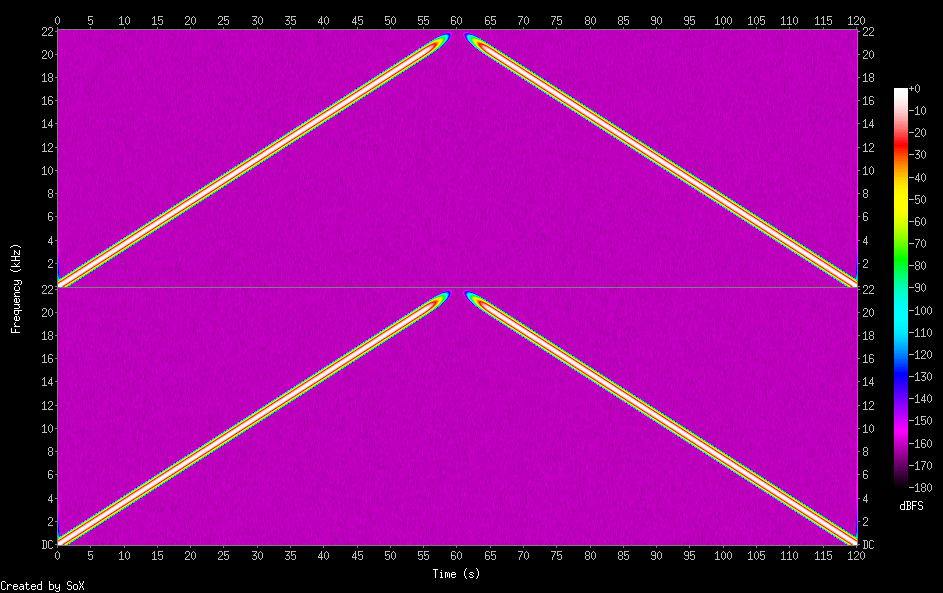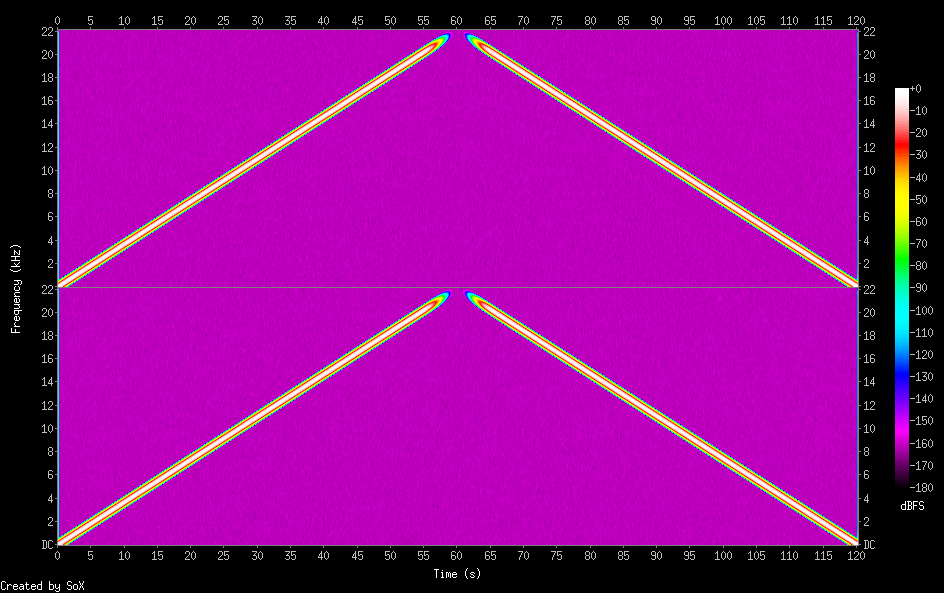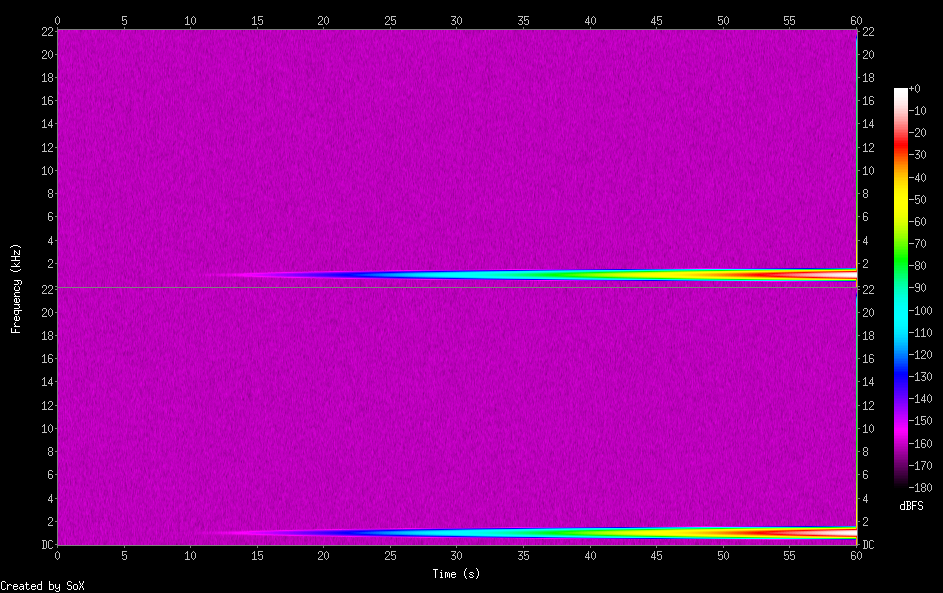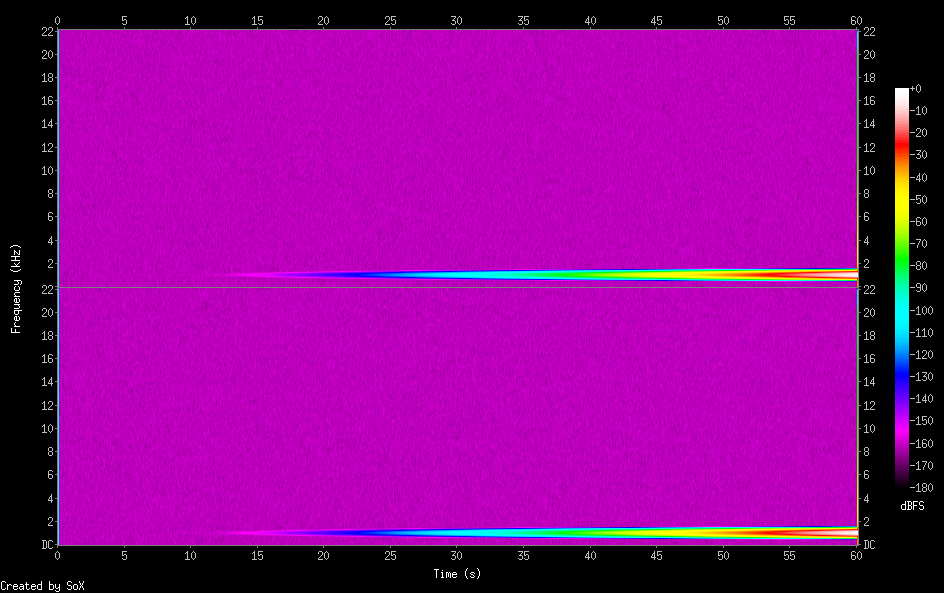It is a DSD-specific ladder, likely similar to my DSC1 open hardware design. This way can be used to convert single and multi-level SDM to analog. On SDM (one or more bits), each bit has equal weight. Unlike on PCM where each bit has different power of two weight. My design has 32 elements and thus produces 33 different output levels for different DSD input patterns.
Interesting. I didn’t get on with the ext2 filter at all although a lot seems to depend on the type of music. So I was listening to a lot of chamber music, mostly Trios and the violin would just have no attack, no presence. So I experimented with most of the filters and landed on sync-L with the same modulator as you, ASDM7EC. Now, I find, although that is working for small forces chamber music, larger forces music sounds a bit mushy. I also find that is the case with smaller forces pop music where I like the way the vocals pop but the backing track often seems indistinct somehow.
Following a few of the threads I have the impression that the up sampling is important so bear in mind my comments concern predominantly DSD64.
Pay attention to use an apodizing filter when indicated such is needed. sinc-L is non-apodizing and has limited reconstruction accuracy too.
For some fun, I did some more quick and dirty runs to produce some plots.
Here’s frequency sweep converted to 44.1/24 PCM and another one that has been converted to DSD and then to 44.1/24 PCM:
Same path with level sweep:
You can see that 44.1/24 PCM is the limiting factor here. Not DSD…
Ah this explains your experience. This is your main issue.
Resampling everything to DSD64 is bad.
Even Jussi recommends minimum DSD128
For a primer have a read of this old article by Mr. DSD (Andreas Koch):
DSD64 is not necessarily bad, but it puts extra demands on the DAC side. Just like 44.1k PCM puts more demand on the DAC than hires.
In many cases DSD256 is the sweet spot, but some DACs perform nice at DSD512 and DSD1024 rates too. Some older DACs are limited to DSD128 which can be pretty good too.
Biggest step in performance is DSD64 → DSD128 and then not quite, but almost as big DSD128 → DSD256. Then smaller steps to DSD512 and DSD1024.
DSD64 as content delivery format is still better than RedBook, as it doesn’t suffer from digital filter artifacts and such. And with suitable upsampling it can produce pretty good listening result.
Red book can be done without artifacts, can it not?
In the digital domain it’s ok as you’ve shown above but like Andreas describes in that article, going from DSD64 to DSD128 pushes quantisation noise higher and “allowed for gentler and simpler output filters on the DAC.”
I probably wasn’t clear. My comments apply both to native DSD64 and resampled. Depending on the type of music / recording sometimes I like the results with Sync-L / ASDM7EC. Sometimes not.
I don’t know why I have gone for Sync-L when as Jussi points out it is non-apodizing. On the Mark Levinson I have gone for apodizing. I suspect the reality is I am going for anything that gives a subjectively brighter sound because I cannot hear a thing above 10.5khz.
Yes I understood your HQPlayer outputs fixed rate DSD64. See Jussi’s comment above about biggest impact being DSD64 → DSD128. In line with the Andreas Koch comment about analogue filtering in the DAC.
Jussi has mentioned before that ESS chips (both your DACs feature ESS) typically perform best when fed their highest supported DSD rates. With ESS you can’t skip the modulator but it’s believed incoming DSD rates are not resampled.
Understood. But I won’t be buying an AKM DAC to hear for myself though ![]() TBH I actually cannot hear the difference between an old Nakamichi cassette player and a modern ESS DAC in native mode. Convolution and various filters do make a difference I prefer but realistically I am not going to hear the difference between DAC chips.
TBH I actually cannot hear the difference between an old Nakamichi cassette player and a modern ESS DAC in native mode. Convolution and various filters do make a difference I prefer but realistically I am not going to hear the difference between DAC chips.
What has surprised me is the differences between the filters and how their effectiveness varies depending on the style of music and the ADC when recorded. I know I generally prefer apodizing filters but I have just checked and the Mark Levinson is actually called “Apodiz Fast”. I suspect it is an apodizing filter with a steep roll-off so I wonder what HQP DSD filter would be similar?
Haha that’s fine. This discussion isn’t to persuade anyone to buy anything new.
It’s just to discuss some (unscientific!) potential possibilities (not certainties!) for what you may be hearing.
Just fun discussion, nothing too serious.
But the “DSD sounds soft” thing always gets more interesting when you dig deeper into the details (which DAC, what DSD rates etc)
Yes, my point too… Similar way as going from 44.1k PCM up.
Yeah, it is quite evident from their documentation and if you understand chip implementations.
But then we get back to the modulator being so important and if you can’t bypass it with ESS then conclusion is @Tony_Casey needs to buy an AKM version RME ADI-2 FS DAC or Pro! ![]()
Also note that typical ESS DAC has roughly correct analogfilters for DSD128 and higher, but not for DSD64. Unless it has been specifically designed for such. Otherwise it won’t be matching DSD spec requirements.
Also AKM has traditionally specified different analog filter for DSD purposes and for PCM purposes, but DACs rarely have two alternative analog stages. One rare implementation, which I still possess, was Schiit Loki DAC that was using AKM chip and had the DSD specific analog section design. It supported only DSD64, no PCM support. So there is certainly potential to pull extra DSD performance out of AKM chips with suitable design.
I may have bought an AKM DAC by accident. I forgot I have a Rose RS150 on order because it has been so delayed. It has a AK4499EQ DAC chip but I didn’t buy it for that reason. I just bought it for something foolproof for the summer house I wouldn’t be tempted to tinker with. I haven’t found a detailed configuration manual yet so I don’t know if it provides a DSP bypass option.
Sounds like higher sample rates with my ESS DACs are worth tinkering with. I’ll need a more powerful core though which is the reason I have defaulted back to DSD64 when I have one DAC that can do DSD128 and another that can do DSD256.
Really interesting discussion. thanks to all involved! 
Just a quick reflection from my personal experience. “The sound of DSD” is a moot point because both the production before creating the PDM stream and also the implementation of the DAC will be far more obvious than the format itself.
I have two DACs in constant use in my kit, one is an Audiobyte Black Dragon, a special design by Nicolae Jitariu of Rockna, who also worked with MSB. It’s a special design with a custom FPGA FIR filter and conversion is made easy for the two AKM Chips. The filter is primarily for RedBook PCM but works fine with most relevant sample rates. Is sounds very nice, and i enjoy this as a “daily driver”.
The other DAC is a Nagra HD DAC, where conversion is designed by Andreas Koch by the way. Here, all content is trancoded to DSD if i’m not mistaken, and converted at the rate of DSD128. Let me just say that soft is not the first word that springs to mind when listening to well produced music with this one. It is smooth, yes, but in a wholly good way.
DSD on the Audiobyte though sounds fine, but if i only used that one i’d find it difficult to prefer the “sound of DSD”…
You’re trying very CPU intensive filter and mod combo.
Instead of 7EC try ASDM7 (non EC). Together with ext2 filter or poly-sinc-gauss
What are the specs of your machine? Try to get to DSD256 with that.
Thanks for the suggestion but I’ve tried that and many other combinations besides. On balance I much prefer DSD64 with Sync-L and ASDM7EC even though as far as I understand it is not an especially accurate combination especially with an ESS DAC. My guess is that I actually seek out effects that are technically distortions. My hearing is typical for my age but it does mean I simply cannot hear anything at all above about 10.5khz. As a result I am drawn to systems with a sharper, more exaggerated top end. I also use convolution to tame a bass resonance in my listening room but I suspect that subconsciously I am also doing that to further exaggerate the top end.



